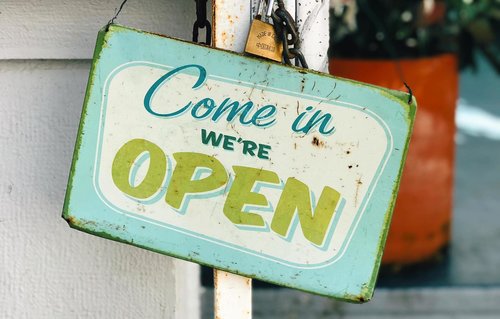If your state is among those that are attempting to reopen businesses now or in the coming weeks, many small businesses face tough choices.
Do they potentially put their employees and customers at risk by opening their doors? If so, what precautions will they take to minimize the risk? Can they even afford to operate at a reduced capacity with extra expenses for things like masks and counter guards?
It’s a particularly dicey situation for restaurants, since patrons cannot dine in while wearing a mask and profit margins on restaurants are already slim, so removing tables and enforcing social distance is tricky. Perhaps that’s why many restaurants in Austin, Texas and elsewhere are sticking to takeout or delivery, even as their states “reopen.”
As you’re covering this issue (at a safe distance, of course), consider these potential angles.
Public health considerations
For businesses that decide to reopen, the guidelines are often confusing and vary by city or state. For instance, Governor Kemp released a list of 39 guidelines for Georgia restaurants reopening, including limiting capacity to no more than 10 patrons per 500 square feet. Are local small businesses able to comply with these guidelines? Do they access to any required PPE? How are they handling employee temperature checks? Are they taking additional precautions not mandated by their local government?
Staffing considerations
If businesses are operating at a lower capacity, how does that impact staffing and morale? What happens if staff refuse to return to work? Do those employees still qualify for unemployment? Does it impact the business’s eligibility for loan forgiveness under the SBA’s Paycheck Protection Plan?
Choosing to stay closed
For small businesses that choose not to reopen, what is their burn rate and how long can they afford to stay closed? Are they facing any pushback from customers? What is their outlook on the future viability of the business?











